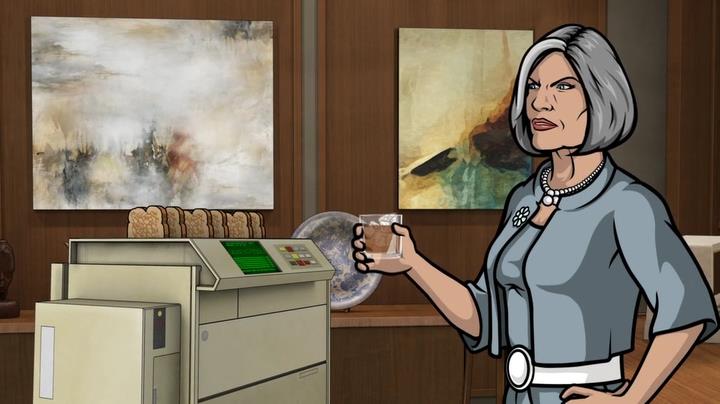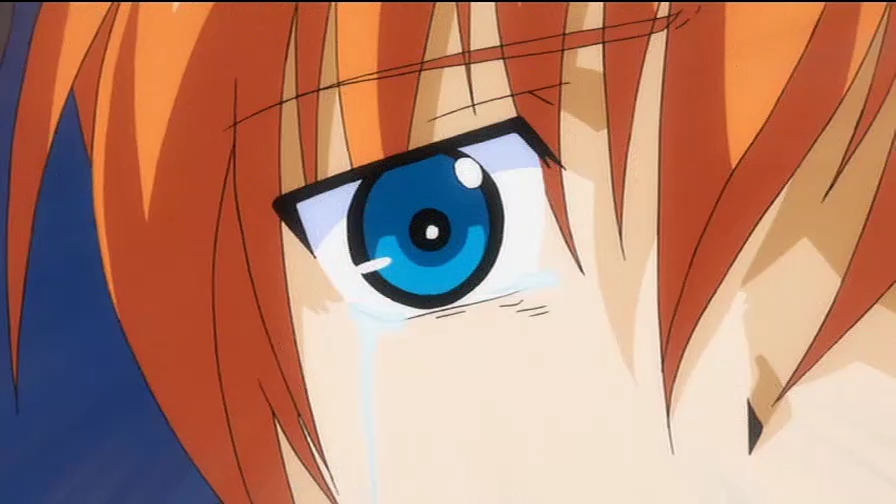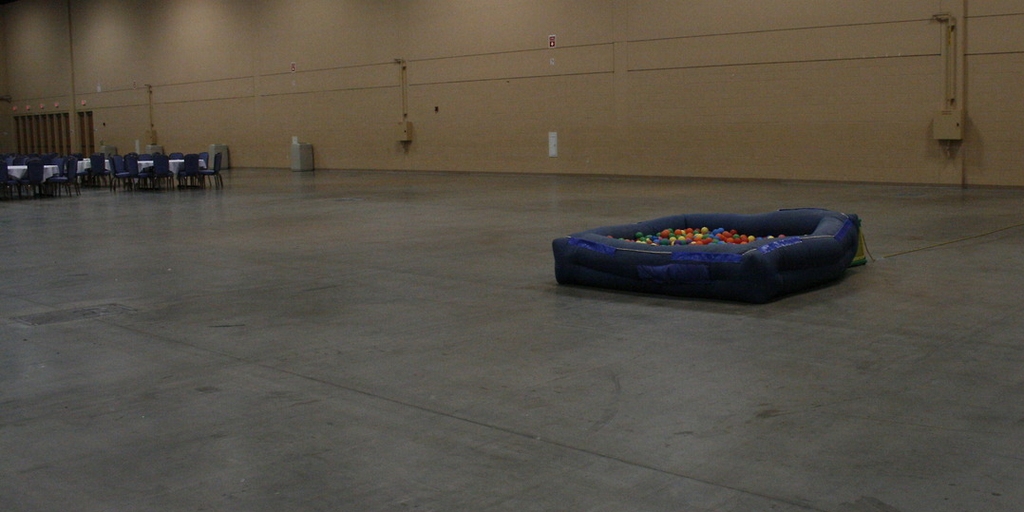A pretty civil (GASP) thread on /a/ (GASP) about Studio Gainax visiting Pixar Studios (gasp) was had earlier and I was launching into some discussion about the two studios and how their respective animations have affected animation as a whole in their respective countries and beyond.
Roger Ebert wrote on either his review of How to Train Your Dragon or Despicable Me, that the use of 3D effects in animation has rather cheapened the effect these films have on the collective audience, that viewing them without the 3D is still just as enjoyable, and he tends to dislike the fact that 3D has been overtaking animation and movies simply for their marketing power. This isn’t to say all 3D is bad, I think most people see the need for 3D and CGI in film as much as any other medium, but I think most movie-going crowds come to associate 3D and CGI with Pixar as they pioneered much of what we see today 15 years ago with Toy Story. Pixar is a company that strives for almost near-perfection in their work, because it’s been expected of them since the success of their first few films. You haven’t seen a commercial flop of a Pixar film because all of the animation and story going into it works beautifully. It’s hard to think any of their movies would flop in the box office really,
Then you have Gainax, a company that has been on the edge of Japanese animation since being founded, both in their respective animated works, and even financially. Evangelion is regarded as their biggest and most profitable hit, but many don’t realize that the company pretty much ran out of money at the end and made the last two episodes as cheaply as possible. Had it not been for the commercial success of the series in Japan and eventually worldwide, allowing them to go back and not only remake those into full-length films, but also remaster and now “rebuild” the series to their liking, they’ve essentially turned a pretty huge profit off of a series about an angsty emo teenager and the end of the world. Since then they have made a number of other series, many well known such as FLCL, The Wings of Honneamise, Otaku no Video, and most recently, Panty and Stocking, though one of my old favorites was Mahoromatic.
The way the two represent different ends of the spectrum in animation, which was the key of the thread, was their different styles of animation. Often criticized for their drops in quality or non-standard styles of shows, Gainax rather enjoys sitting outside the norm of many studios, making shows about unorthodox topics and styles. Panty and Stocking, their latest, drew inspiration from American animation, notably Invader Zim, The Powerpuff Girls, Ren and Stimpy, and American and European pop-culture. They also lampooned a lot of how Americans percieve entertainment, mainly sex, violence, and unkempt lifestyle choices. In a way, it serves as a visual reminder of what we have allowed ourselves over here to become visually numb to over the years, both in live and animated entertainment. Pixar on the other hand, has remained in roughly the same style over the past 15 years. Their films, while being about different topics and stories, all convey similar meanings and messages, and stick to a very family-friendly presentation. Although some titles have explored darker themes, like Toy Story 3, they don’t deviate too far off the line so as to continue to make a film that people of all ages and backgrounds can enjoy. Adults, who often view cartoons as children’s entertainment only, even view Pixar animation as a cut above the rest.
I think it is important for animators to be able to put together a project they would really like to see happen themselves, not something a distributor, marketer, or even fans want. One of the greatest things about being an animator, much like a developer, is the ability to create your own world. Often we are bound by money and the need to repeat the same formulas in animation simply to continue having the funding to continue making animation. This is one of the reasons I think the “moe revolution” as some call it has crippled Japan’s ability to animate better series, much as government intervention, E/I Programming Rules, and society’s view on animation in the US has crippled non-film animation and cartoons, in my opinion. I enjoy the fact that companies like Gainax, and even others like SHAFT, Madhouse, and others, break out of the molds once in awhile and produce something that gets everyone talking about something new again, like PSG last season and Madoka this season. Evangelion itself was not the greatest series ever, and much of it was muddling, confusing, or downright terrible, but it was a shift in a different direction and executed so well, people continue to talk about it today, far more than anything else out there.
It always fascinates me when studios visit each other, especially foreign studios, because I feel that animators can take a lot away from the experience into their own work. It’s much different to meet the folks who produce the work then it is simply to watch the work they’ve produced. I sometimes wish that I had applied myself more to either animation or computer systems that I could work in an environment like that.



